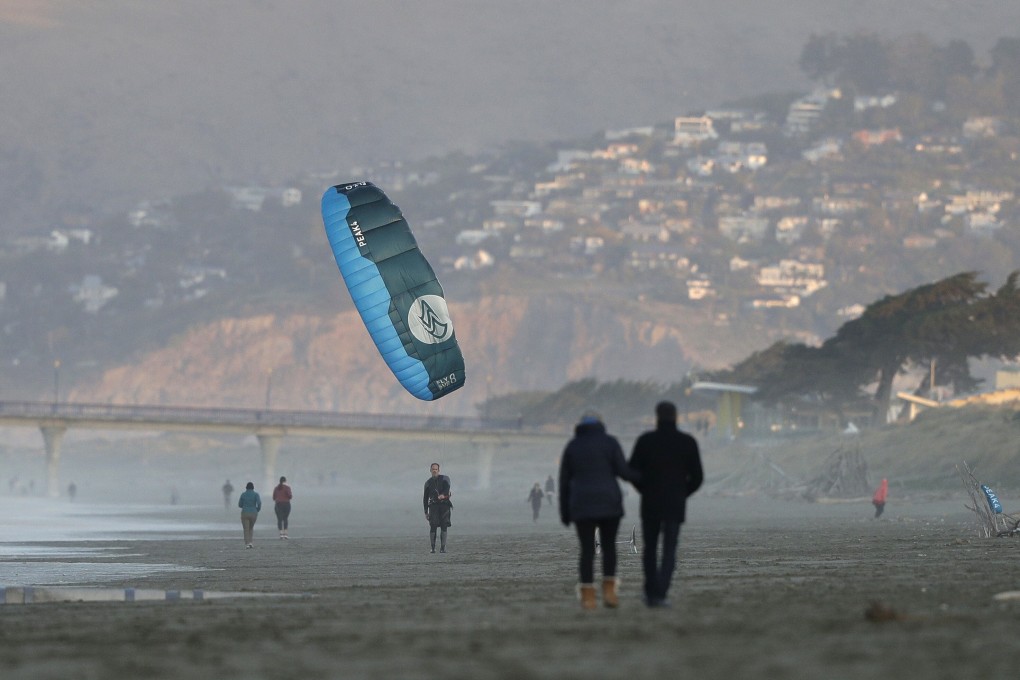Opinion | New Zealand is a place of refuge from Covid-19. Now for the rest of the world
- Under the leadership of Prime Minister Jacinda Ardern, the country is now virus-free, and its borders will remain closed for some time to come
- But the ‘lonely fortress’ needs the rest of the globalised and interdependent world, and its residents want for us all to go back to a normal life

Being Zion is a funny thing.
On Monday, 75 days after initiating level 4 and after throttling down to levels 3 and 2, Ardern announced that New Zealand would now go all the way down to level 1. That’s essentially life as we knew it before we ever heard of the novel coronavirus. The move came right after the country’s last remaining Covid-19 patient recovered, and after 17 straight days of no new cases being detected. All told, the country has had 1,504 confirmed or probable cases, including 22 deaths.
New Zealand is now Covid-free.

There was rejoicing at the announcement. Ardern herself, when she heard that the last Covid-19 patient had recovered, “did a little dance” in her living room, in front of her toddler. Netizens were quick to parody the dance, Photoshopping Ardern’s head onto Hugh Grant’s body in the scene from the film Love Actually in which an exuberant Grant dances through 10 Downing Street.
Schools have returned to normal operation. Businesses already reopened at level 2, but now there is no need even to worry about contact tracing. Signs calling for physical distancing are still ubiquitous in shopping malls, but they are suddenly relics of an earlier time. Doctors’ offices, avoided during the lockdown whenever possible, now again have patients waiting impatiently – without masks.
